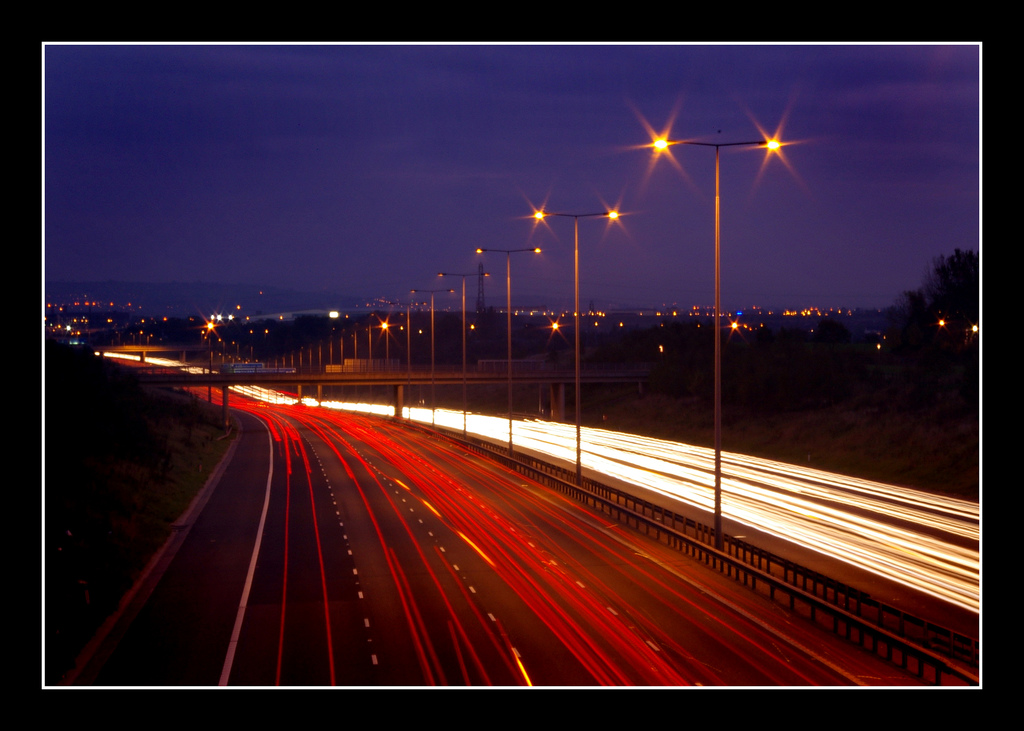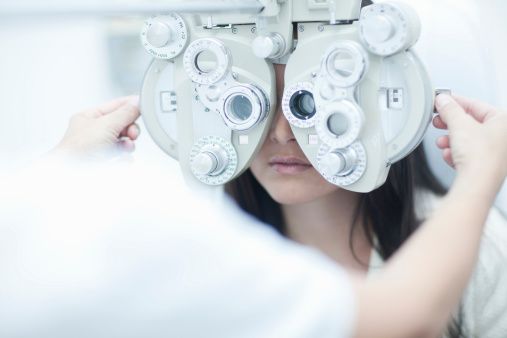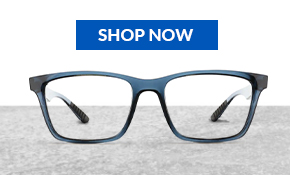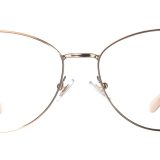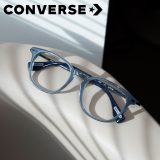Protecting Your Vision on the Job
According to OSHA (the government’s Occupational Safety and Health Administration), thousands of people are blinded every year because of eye injuries. Most (an estimated 90%) of which could have been avoided with the proper safety glasses. Eye injuries cost industry about $300 million a year in lost production time, medical expenses, and workers compensation.
OSHA actually sets the standards for employers to follow and dictates when they must require employees to wear safety glasses or goggles. It requires that if you work with chemicals, environmental, radiological, mechanical or other irritants or hazards, you must have protection for your eyes (and sometimes your entire face). OSHA also has similar regulations for other industries like construction and long shoring.
But, here’s the bottom line. Even if you are not required by law to wear them, if you are involved in any line of work where something could accidentally hit, bump, poke, stab, fume, or splash into your eye, you should have a good pair of safety goggles. In my opinion, whether you are in a shop welding metal, on a site sawing boards, or in a lab mixing chemicals, you don’t ever want to risk losing your vision!
Some people believe that because they already wear corrective lenses (their regular glasses) that they are fine. They think they are protected just because they have a little something covering their eyes. But, this isn’t the case. In fact, if something flew at your eyes while you were wearing your eyeglasses this may actually make an injury worse. Depending on the scenario, something flying into your eyes or face could cause your lenses to shatter. Plus, your day-to-day glasses offer you little protection on the sides of either lens, nor do they protect from seeping fumes or other air-borne irritants.
Many vision insurance plans do allow for and cover safety goggles and glasses. There are a wide variety of frame styles and lens options available including:
- Plastic, metal, titanium and non-conductive frames
- CR-39, polycarbonate and glass lens materials
- Single vision, bifocal, trifocal, and progressive lenses
- Ultraviolet and anti-reflective coatings
- Tinting, polarized, or transitions lenses
- Permanent or detachable protective side shields
If you go to America’s Best for your safety glasses needs, you can rest assured that all of their frames meet or exceed the OSHA standards (and the ANSI Z-87.1-2003 standards, too.).
If you are an employer contact America’s Best about their Safety Eyewear Program (1-800-945-4505) and they can tell you how to get eye exams for your whole company and great prices on safety glasses or goggles.

